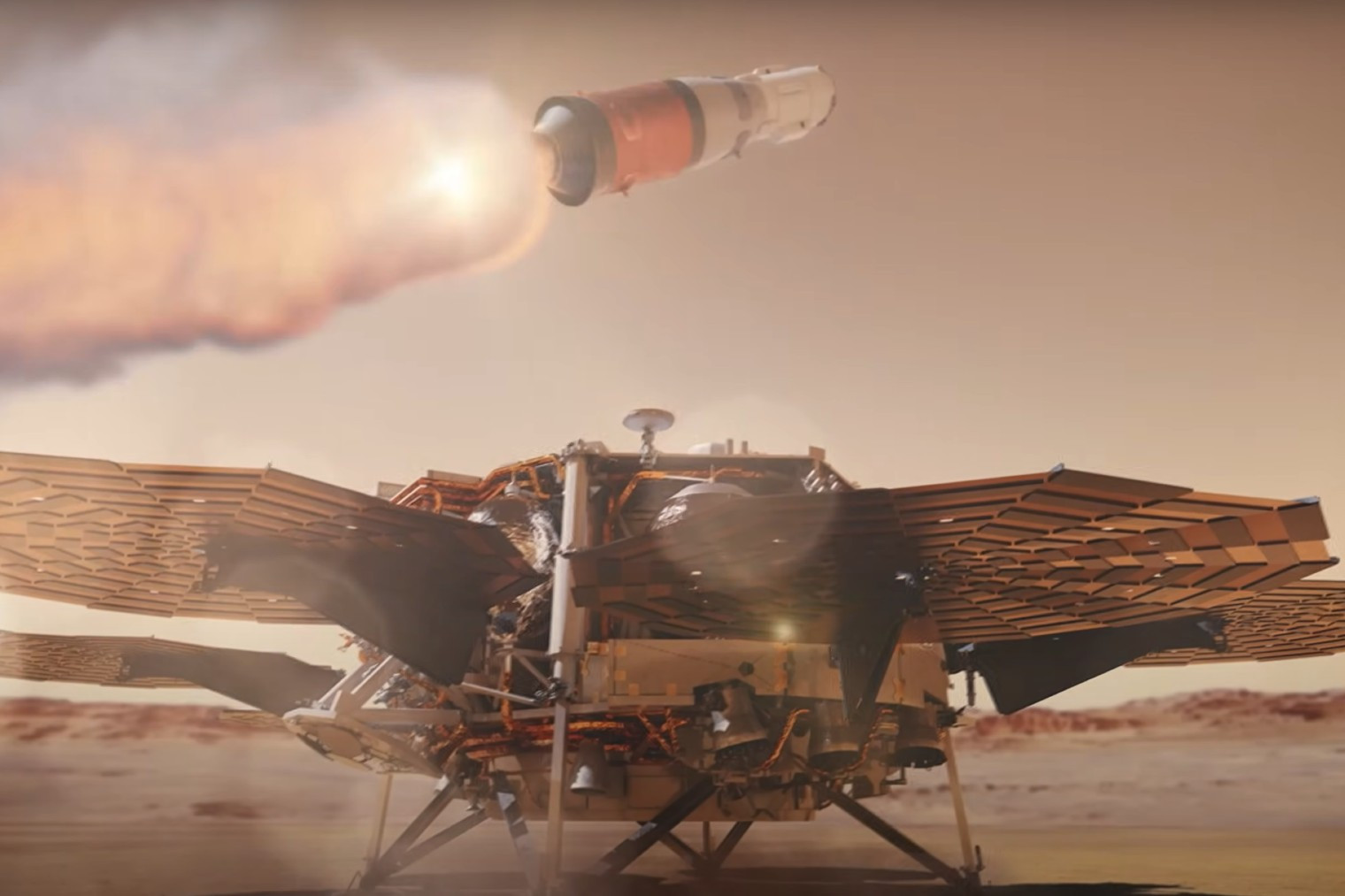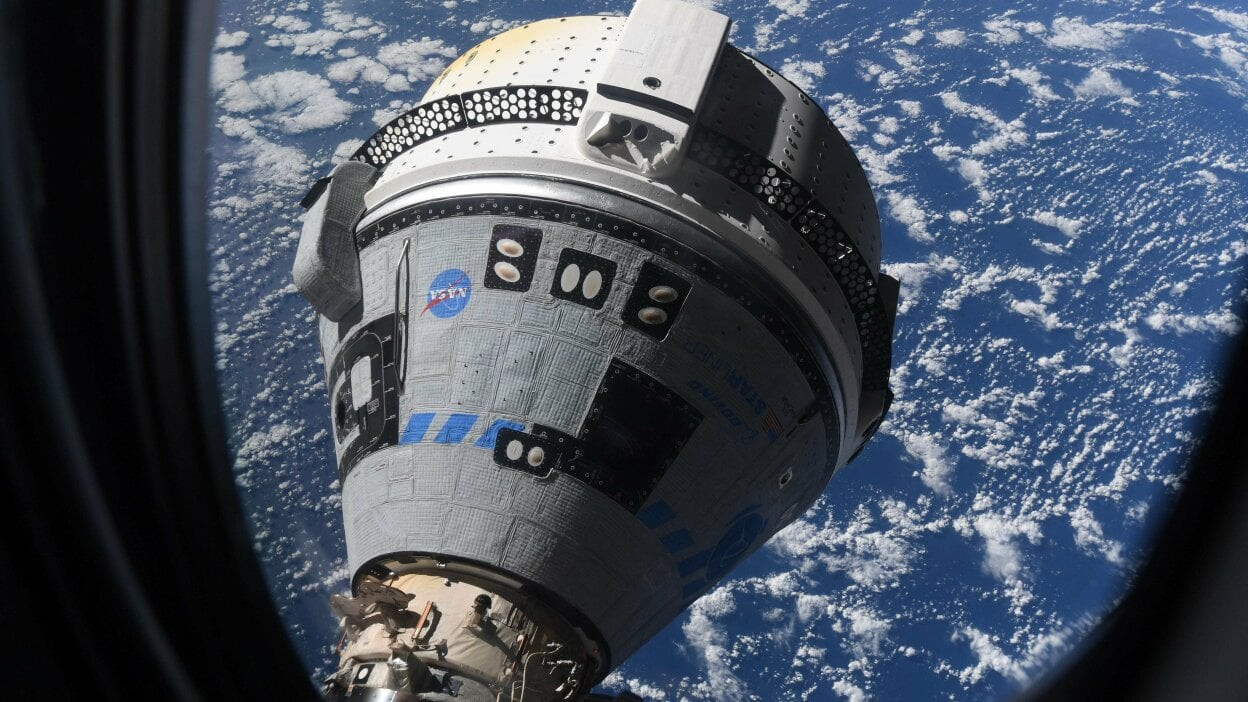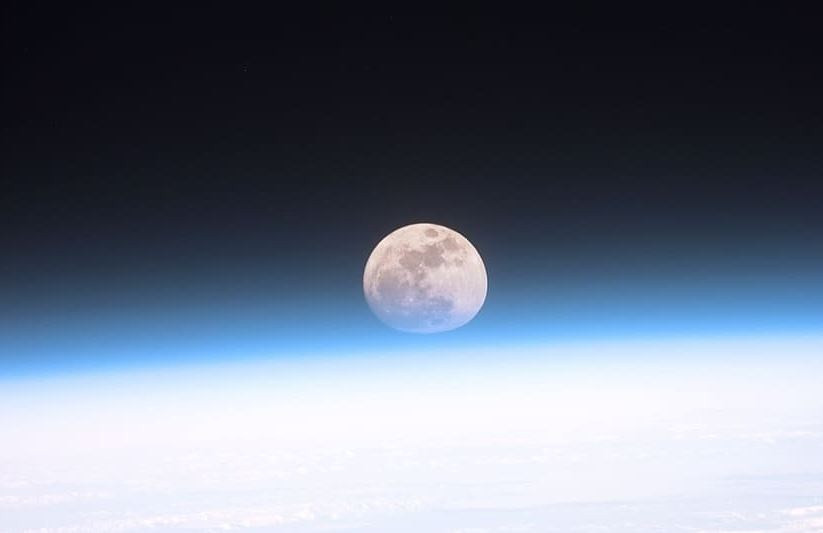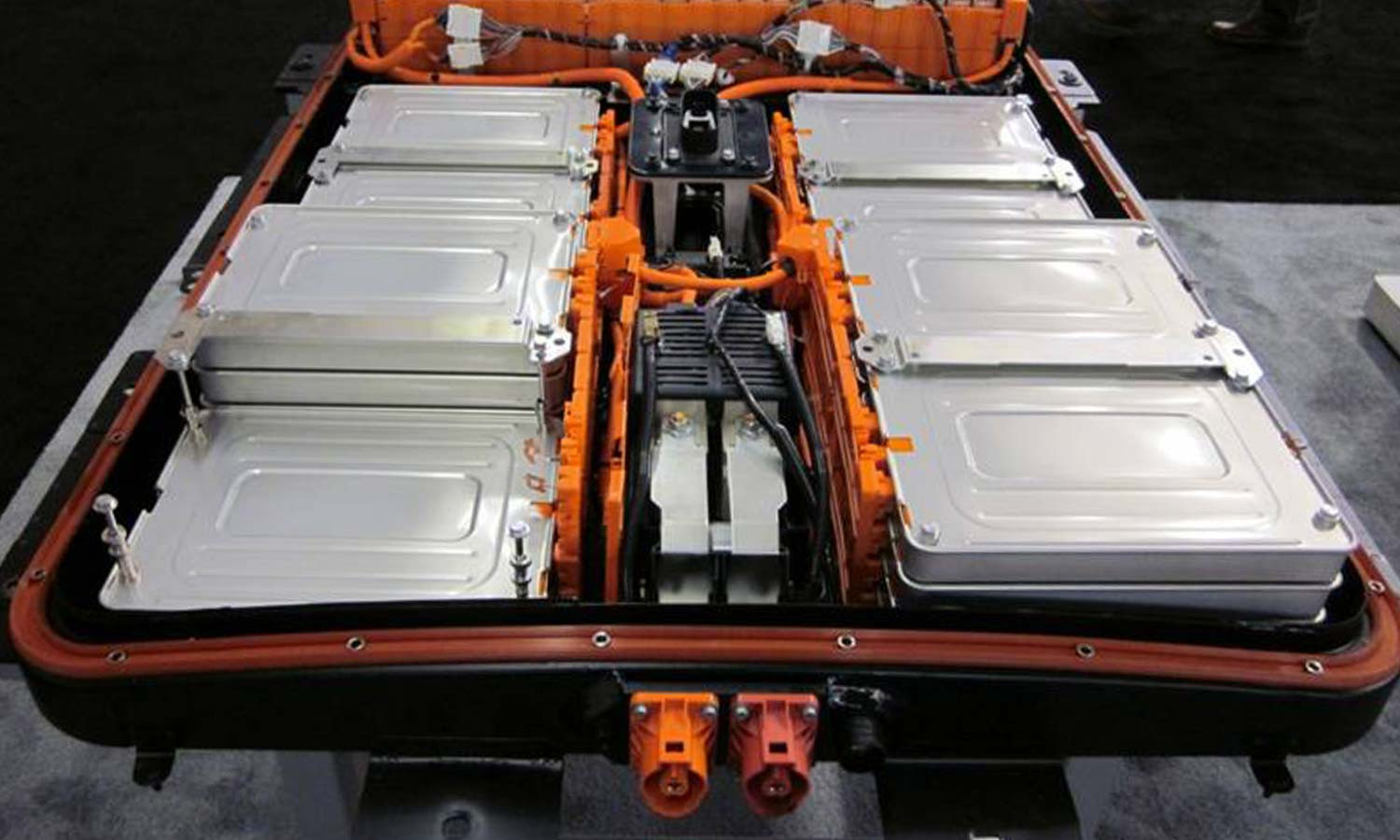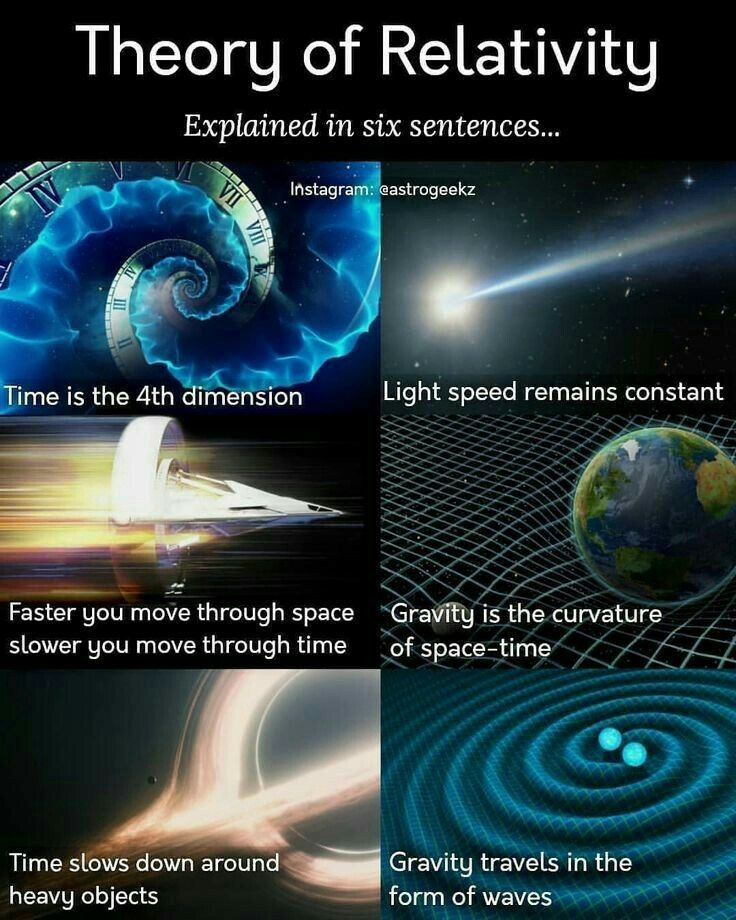From telescopes to rovers, NASA, space agencies, and companies have developed countless tools to study celestial bodies.
But now, NASA’s Langley Research Center has proposed a new method to study the Moon and Mars: shooting them with a special kind of “gun.”
This may allow experts to analyze the composition of the surface material and study regions that are inaccessible to rovers or even human explorers, such as the permanently shadowed craters.
“Researchers at the NASA Langley Research Center (LaRC) invented a deployable wireless micro-spectrometer that can access those challenging areas and deliver telemetry data to a receiver safely outside those extreme environments,” the research paper noted.
Spectroscopy, the analysis of light, has been used to study celestial bodies for centuries. By examining the patterns of light emitted or absorbed by an object, scientists can determine its chemical composition.
The proposed sensor bullets would contain a micro-spectrometer.
It will be able to penetrate deep into the soil and transmit data back to a mother station.
“Prototypes have been fabricated to demonstrate a spectral assay of soil components. Further maturation of this technology would be necessary for demonstrations on the Moon,” the study paper noted.
As per the study paper, the micro-spectrometers could also be attached to rover wheels, astronaut shoes, or a cane.
The vast amount of resources are present on the lunar surface from water ice to minerals. As various countries are aiming for the Moon, future exploration would depend on extracting and digging for minerals.
Astronauts or lunar rovers could use this compressed gas gun to fire spectroscopy bullets into the lunar soil. This will provide detailed information about the regolith’s composition without the need for manual excavation.
“New device concept offers a shootable micro-spectrometer bullet for direct access to the areas with geologically ragged formations and extreme environments,” revealed the study paper.
It added: “The bullet-like, expendable micro-spectrometer can penetrate into soil to spectrally identify the components of soil, such as water, He-3, or other minerals. The signals from the soil assay data are transmitted to a mother station through a telemetry system.”
This proposed device uses Fresnel diffraction. While Fraunhofer diffraction is suitable for studying distant objects, Fresnel is more appropriate for close-up analysis.
“Unlike the conventional spectrometers based on Fraunhofer diffraction, the micro-spectrometer (MSM) concept is based on the Fresnel diffraction principle which allows high-resolution imaging of a spectral signal within a very short distance of light passage,” the researcher explained.
While the technology is still in development, its potential applications are many. This method could be used to explore asteroids, comets, and other celestial objects, providing valuable insights into the formation and evolution of our solar system.
The device idea was presented at the 37th International Geological Congress 2024.




